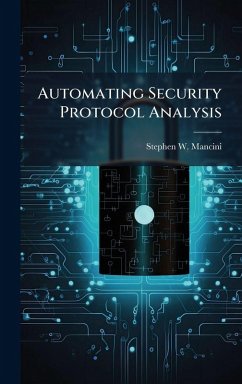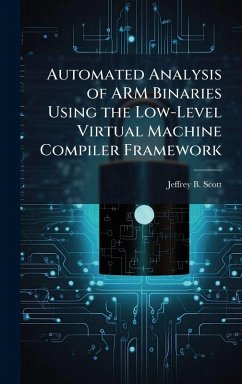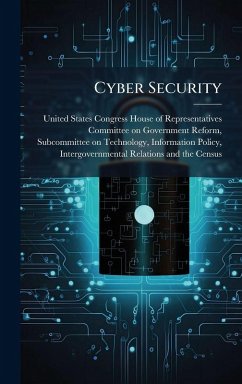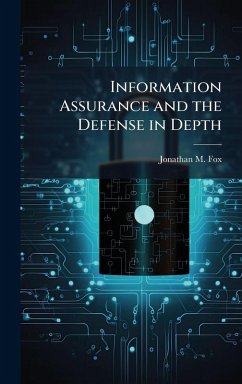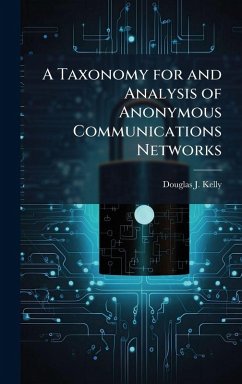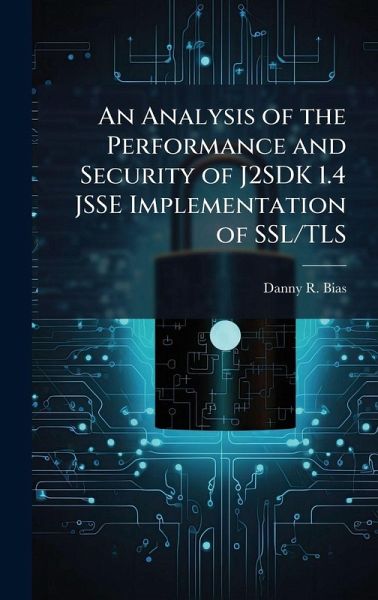
An Analysis of the Performance and Security of J2SDK 1.4 JSSE Implementation of SSL/TLS
Versandkostenfrei!
Versandfertig in über 4 Wochen
28,99 €
inkl. MwSt.
Weitere Ausgaben:

PAYBACK Punkte
14 °P sammeln!
The Java SSL/TLS package distributed with the J2SE 1.4.2 runtime is a Java implementation of the SSLv3 and TLSv1 protocols. Java-based web services and other systems deployed by the DoD will depend on this implementation to provide confidentiality, integrity, and authentication. Security and performance assessment of this implementation is critical given the proliferation of web services within DoD channels. This research assessed the performance of the J2SE 1.4.2 SSL and TLS implementations, paying particular attention to identifying performance limitations given a very secure configuration. ...
The Java SSL/TLS package distributed with the J2SE 1.4.2 runtime is a Java implementation of the SSLv3 and TLSv1 protocols. Java-based web services and other systems deployed by the DoD will depend on this implementation to provide confidentiality, integrity, and authentication. Security and performance assessment of this implementation is critical given the proliferation of web services within DoD channels. This research assessed the performance of the J2SE 1.4.2 SSL and TLS implementations, paying particular attention to identifying performance limitations given a very secure configuration. The performance metrics of this research were CPU utilization, network bandwidth, memory, and maximum number of secure socket that could be created given various factors. This research determined an integral performance relationship between the memory heap size and the encryption algorithm used. By changing the default heap size setting of the Java Virtual Machine from 64 MB to 256 MB and using the symmetric encryption algorithm of AES256, a high performance, highly secure SSL configuration is achievable. This configuration can support over 2000 simultaneous secure sockets with various encrypted data sizes. This yields a 200 percent increase in performance over the default configuration, while providing the additional security of 256-bit symmetric key encryption to the application data. This work has been selected by scholars as being culturally important, and is part of the knowledge base of civilization as we know it. This work was reproduced from the original artifact, and remains as true to the original work as possible. Therefore, you will see the original copyright references, library stamps (as most of these works have been housed in our most important libraries around the world), and other notations in the work. This work is in the public domain in the United States of America, and possibly other nations. Within the United States, you may freely copy and distribute this work, as no entity (individual or corporate) has a copyright on the body of the work. As a reproduction of a historical artifact, this work may contain missing or blurred pages, poor pictures, errant marks, etc. Scholars believe, and we concur, that this work is important enough to be preserved, reproduced, and made generally available to the public. We appreciate your support of the preservation process, and thank you for being an important part of keeping this knowledge alive and relevant.



